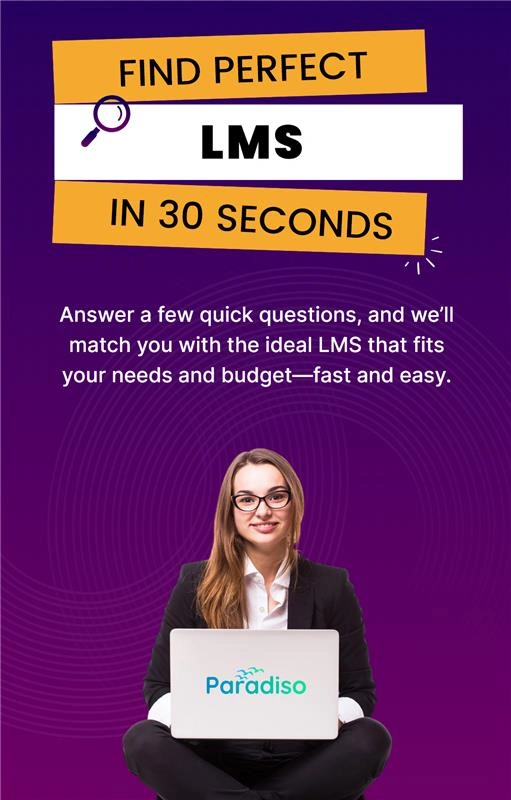Different types of content work better for different learning styles and goals. Mixing various content formats allows you to cater to a wide range of preferences and keep learners motivated.
1. Interactive Content: Quizzes, Polls, and Gamification
Interactive content is one of the best strategies to keep learners engaged. Quizzes, polls, and gamification are particularly effective because they turn passive learners into active participants. Learners enjoy the challenge of answering questions, earning rewards, and seeing their progress in real time.
Quizzes provide immediate feedback, allowing learners to understand their strengths and areas for improvement.
Polls encourage reflection and participation, helping learners feel involved in the process.
Gamification integrates elements of fun and competition, such as badges and leaderboards, which can motivate learners to perform better and stay committed.
Incorporating these elements into your training programs fosters a sense of accomplishment and excitement, which are key to maintaining motivation.
2. Microlearning: Bite-Sized, Focused Lessons
Microlearning involves delivering content in small, focused chunks that learners can easily consume quickly. This format is ideal for learners who are busy or overwhelmed with information overload.
Microlearning content can include short videos, infographics, or quick exercises that focus on specific topics. These bite-sized lessons allow learners to engage without feeling the pressure of lengthy sessions, and they can access content whenever needed.
The flexibility of microlearning helps learners stay motivated, as they can progress through lessons at their own pace. Moreover, the condensed nature of the content makes it easier to retain key information.
3. Video-Based Learning: Engaging and Visual Content
Video-based learning is one of the most engaging content types, especially when combined with other interactive elements. Visual learners, in particular, benefit greatly from videos that provide both auditory and visual stimuli. Whether it’s tutorials, lectures, or animations, videos can bring complex concepts to life in a way that text alone cannot.
Incorporating a variety of video types—such as interviews, role-playing scenarios, or real-life case studies—can help learners stay engaged. Moreover, videos can be easily integrated with quizzes or discussion boards to further promote interaction.
4. Case Studies and Real-Life Scenarios
Real-world case studies and scenarios are an excellent way to demonstrate how concepts apply in practical, everyday situations. By providing learners with case studies that reflect the challenges they face in their roles, you make the training more relevant and relatable.
Case studies foster critical thinking by asking learners to solve problems based on real-world data. This helps them see the value of what they’re learning and how it applies to their jobs, keeping them interested and motivated to engage further.
5. Simulations and Role-Playing
Simulations and role-playing provide learners with an opportunity to practice skills in a controlled, risk-free environment. These types of interactive content allow learners to experiment with different solutions and experience the consequences of their actions without real-world repercussions.
Whether it’s a virtual simulation or a live role-playing exercise, this type of content makes learning feel more immersive and authentic. By actively participating, learners are more likely to retain the information and feel motivated to use what they’ve learned in real-world scenarios.
6. Personalized Learning Paths
Personalized learning paths allow learners to chart their own course through training, choosing topics and lessons that are most relevant to their roles and career aspirations. Customizing the learning experience based on an individual’s goals and current skill level can increase their motivation to continue learning.
Personalized learning content also promotes learner autonomy, which is a significant motivator. When employees feel that they have control over their learning journey, they are more likely to stay engaged and take ownership of their development.

















